A Comprehensive Guide to Recycle Printed Circuit Boards
PCB recycling is vital to reduce environmental hazards and recover valuable materials, especially copper. Effective methods include mechanical, chemical, and thermal processes, significantly benefiting sustainability.
Previously, no company valued the utilization of industrial waste and it would harm the environment. Nowadays, we all are aware of the drastic effects which result from waste on Earth. Thus, it is necessary that environmentally responsible companies change their ways of production and disposal. The companies producing printed circuit boards are no exception, and proper ways of their recycling are in order. In general, PCB recycling reduces environmental hazards and may retrieve recoverable materials, especially copper, for reuse in a number of ways.
Why Special Printed Circuit Board Recycling Methods?
The different materials that make up the PCBs include copper as the most valuable. Poor disposal of PCBs will make copper leak into the environment, either by wastewater or solid waste, causing environmental damage along with wasting a valuable resource. Effective recycling methods are needed to recover copper and other precious materials from PCBs, which will reduce environmental impact and result in considerable economic benefit.
What You Can Recycle From Printed Circuit Boards
Valuable materials recoverable from PCBs are as follows:
Copper from edge trims
Copper oxide from treatment sludge
Copper from etching solutions
Copper hydroxide from plated-through holes process
Copper from rack stripping process
Copper from solder stripping process
Tin from hot air levelling process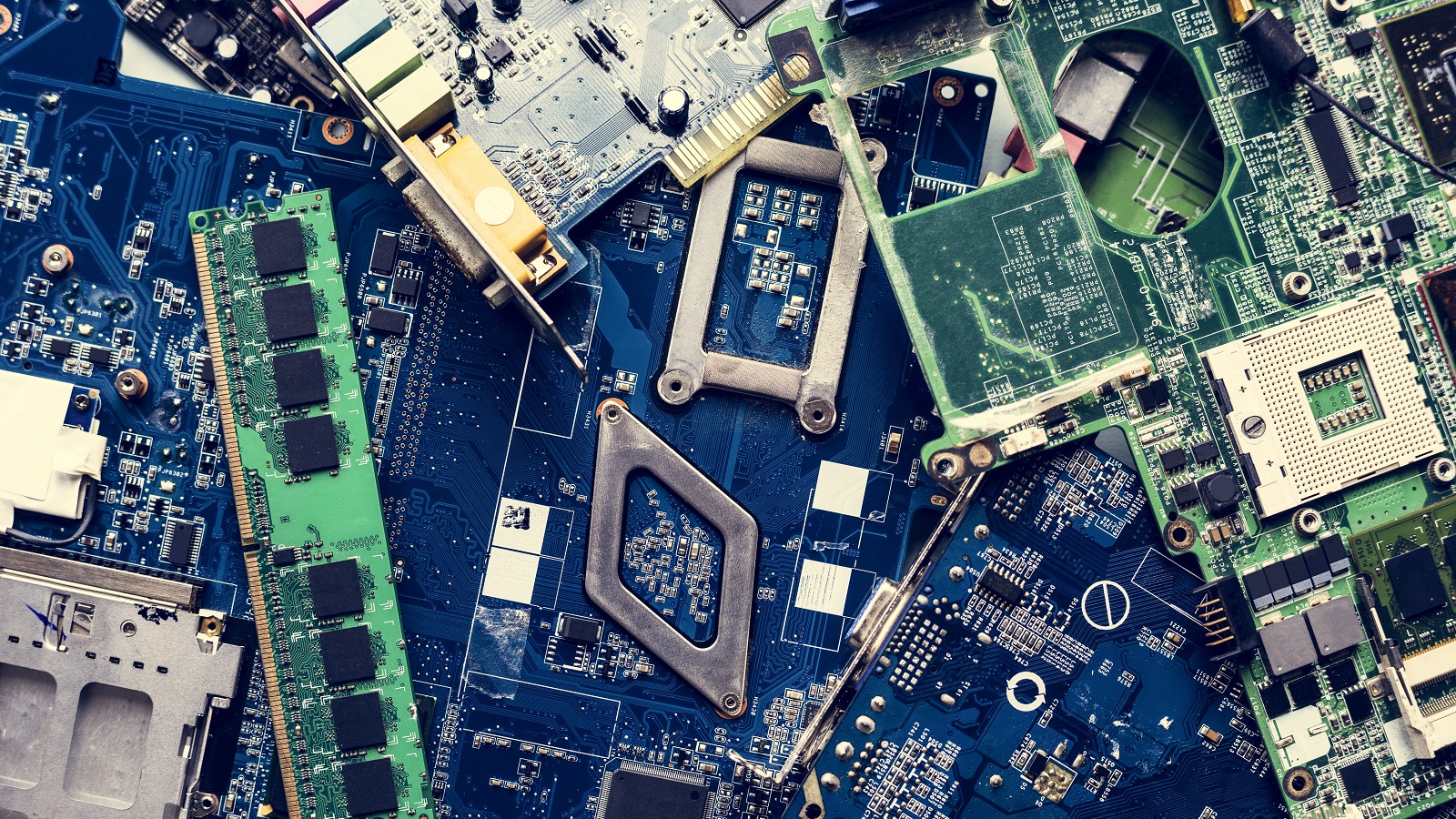
Copper and Tin Recycling from Printed Circuit Boards
Edge Trim Copper Recycling
Process: Stripping solution is applied to edge trim in order to dissolve the precious metals of the metals such as gold and silver. Copper is separated from plastic resin by mechanical means involving shredding, grinding, and separation in cyclones.
Recovering Copper from Wastewater Sludge
Process: The sludge is heated at a temperature range of 600-750 degrees Celsius. This will convert copper into copper oxide; the smelter reduces this to metallic copper.
Recycling Copper from the Spent Basic Etching Solution
Process: The solution should be adjusted to weak acid condition in order to get copper hydroxide. The wastewater sludge produced should, afterwards, be further processed for copper recovery.
Recovering Copper Hydroxide from the Plated Through Holes Process
Process: The copper sulfate solution should be passed into a reactor, cooled down to 10-20 degrees centigrade, and a centrifuge utilized to recover copper sulfate crystals. The pH should be adjusted after recovery to recover copper hydroxide.
Recovery of Copper from Rack Stripping Process
Process: Apply electrowinning to recover metal copper from spent nitric acid by precipitating copper ions.
Recycling Copper from Spent Tin/Lead Striping Solution
Process: Strip off the tin and lead by dipping the PCBs in nitric acid or hydrogen fluoride stripping solution. Recover the oxides of copper, lead, and tin through electrowinning.
Recovery of Tin from Hot Air Leveling Process
Process: Heat tin/lead solder dross in a reverberatory furnace at 1400-1600 degrees Centigrade, remove iron by deslagging, and further smelt with sulfur to recover copper.
Guidelines for Best Practice in the Recycling of PCBs
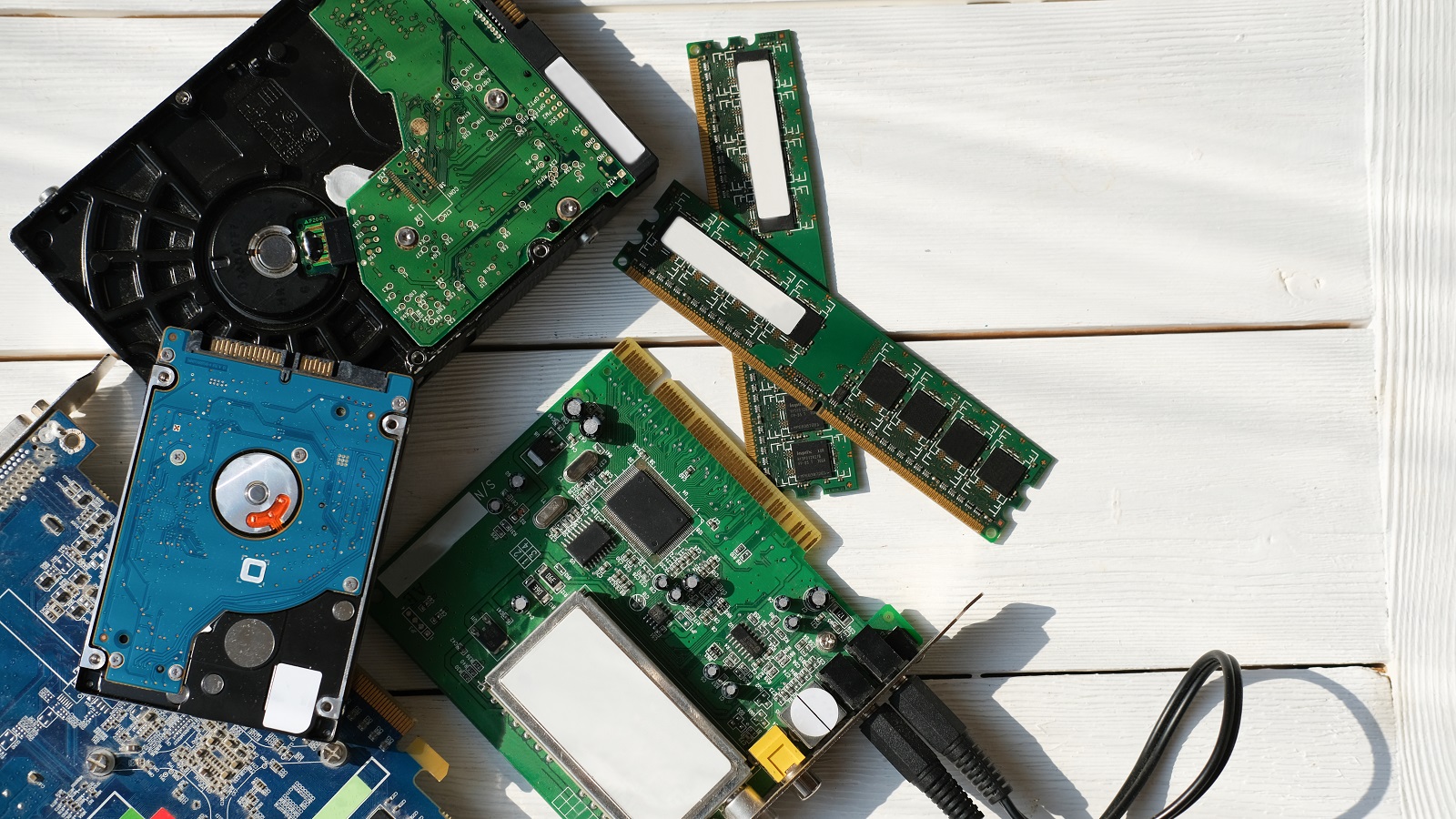
Pre-Treatment Preparation
Sorting from Source: Sorting of PCBs from other e-waste components.
Inventory Management: Quantification and categorization of PCBs should be done for easy recycling.
Safety Considerations
Personal Protection Equipment: Proper PPEs by workers.
Training: Regular training for workers in hazardous material handling and safety.
Compliances and Certifications
Regulatory Compliance: To comply with the local and international regulations regarding e-waste recycling.
Certification: To be certified for R2 (Responsible Recycling) or e-Stewards.
Sustainability-related Practices
Ecological Methods: Ecologically friendly methods of recycling
Material Recovery Rate: Higher rate of material recovery
Partnering with Specialist Recyclers
Partnership: Partnership with specialist e-waste recyclers who have expertise and facility.
Material Flow Management: Optimize the material flow through the recycling process.
Conclusion
The recycling of printed circuit boards plays a critical role in reducing environmental impact and recovering value from wastes. Manual dismantling, along with mechanical, chemical, and thermal treatment methods, provides various routes for effective recycling of PCBs for the enhancement of sustainability.
At PCBX, our drive goes toward sustainability in manufacturing and recycling in the field of PCBs. Our expertise and high regard for quality assure a more efficient and responsible process of recycling. For any questions or further needs concerning PCB recycling, please do not hesitate to contact our professional team.
Hot Tags:
Contact us

If you can't find what you're looking for, please contact us.
Article
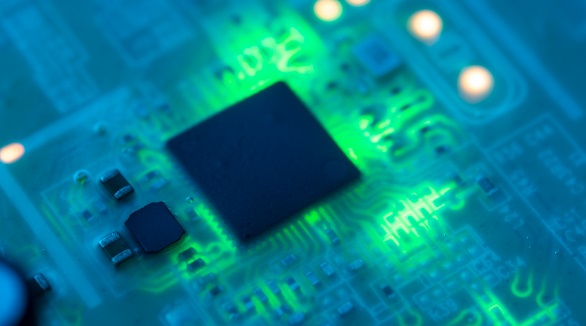
PCBs are essential for organizing information and power flow in electronic devices, benefiting from flexibility, durability, safety, efficiency, and heat management.
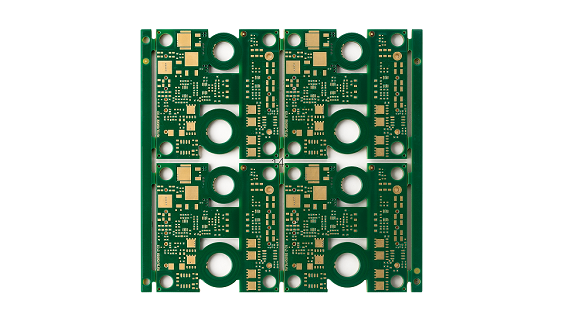
Most electronic circuits are mounted on PCBs, or Printed Circuit Boards, which provide mechanical support and electrical interconnection of electronic components. There are, however, special applications that involve the use of single and double-sided PCBs, multi-layer PCBs, or even rigid and flexible PCBs with aluminum backing, targeting medical, industrial, auto, and aerospace industries. They may use materials such as fiberglass, epoxy, aluminum, and others.
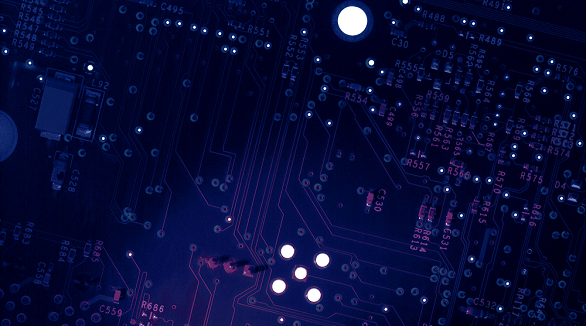
The article explains the current situation of Printed Circuit Boards and future development based on efficient production helped by advanced software and manufacturing processes. Future technological developments are in store for 3D Printed Electronics, flexible PCBs, eco-friendly biodegradable PCBs, and board cameras. It elaborates on other powerful automation tools that are going to make the entire PCB design process efficient in the near future. All of them will further improve and develop with the technological advances in PCBs, keeping up with the ever-increasing industry and consumer demands.